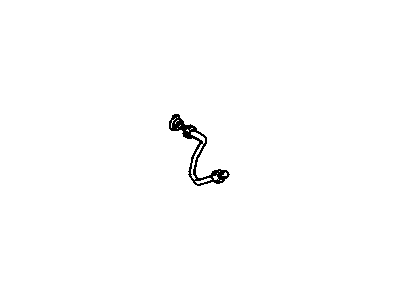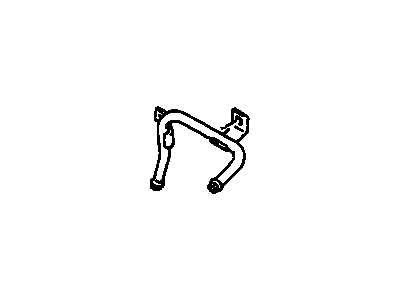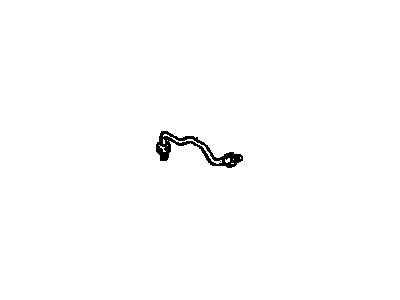
My Garage
My Account
Cart
Genuine Chevrolet Metro Brake Line
Brake Hose- Select Vehicle by Model
- Select Vehicle by VIN
Select Vehicle by Model
orMake
Model
Year
Select Vehicle by VIN
For the most accurate results, select vehicle by your VIN (Vehicle Identification Number).
35 Brake Lines found
Chevrolet Metro Pipe,Brake Propn Valve
Part Number: 30013354$16.62 MSRP: $118.94You Save: $102.32 (87%)Ships in 1-2 Business DaysChevrolet Metro Pipe,Brake Propn Valve
Part Number: 30013356$16.62 MSRP: $118.94You Save: $102.32 (87%)Ships in 1-2 Business Days
| Page 1 of 2 |Next >
1-20 of 35 Results
Chevrolet Metro Brake Line
Chevrolet Metro Brake Line is another essential part that transfers brake fluid from the master cylinder to brake caliper pistons, making the hydraulic braking happen. Corrosion, accidental damage and impact, result in brake fluid leaks, reducing the brake's hydraulic pressure. Brake hoses can also be degraded by physical and interior wear and tear, put a stress on brakes. When replacement is required, there are pre bent brake line kits and the corrosion resistant stainless steel hoses available for fixating. Upgrading to the braided stainless steel hoses, can give a much better improvement in the feel of the pedals and response for high performance driving situations.
Each OEM Chevrolet Metro Brake Line we offer is competitively priced and comes with the assurance of the manufacturer's warranty for the part. Furthermore, we guarantee the speedy delivery of your orders right to your doorstep. Our hassle-free return policy is also in place for your peace of mind.
Chevrolet Metro Brake Line Parts Questions & Experts Answers
- Q: How to inspect and replace rubber brake lines on Chevrolet Metro?A:About every six months, the rubber hoses connecting the steel brake lines to the front and rear brake assemblies should be inspected for cracks, chafing, leaks, blisters, and other damage. A thorough check using a light and mirror is recommended, and any hose exhibiting these conditions should be replaced with a new one. To replace the front brake hose, disconnect the brake line from the hose fitting using a back-up wrench, being careful not to bend the frame bracket or brake line. Remove the U-clip from the female fitting at the bracket using pliers, then detach the hose from the bracket. Unscrew the brake hose from the caliper and securely thread the new hose into the caliper. Install the female fitting in the hose bracket without twisting the hose, and secure it with the U-clip. Attach the brake line to the hose fitting using a back-up wrench. Ensure there are no kinks in the hose and that it doesn't contact any part of the suspension. For metal brake lines, use the correct parts and avoid using copper tubing. Prefabricated brake lines with flared tube ends and fittings are available for installation. Make sure the new line is securely supported in the brackets and has sufficient clearance from moving or hot components. After installation, check the master cylinder fluid level and add fluid if necessary. Bleed the brake system and test the brakes before driving in traffic.
















